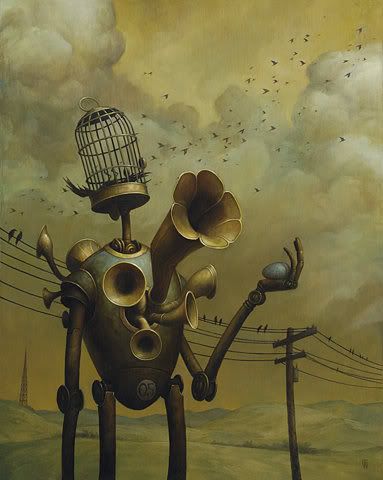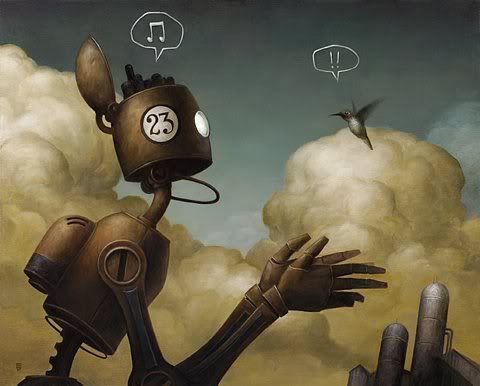Namo
In the empty essence, dharmakaya,
In the cognizant nature, sambhogakaya,
In the manifold expression, nirmanakaya,
I take refuge until enlightenment.
Padmasambhava

Certain concepts in Buddhism are similar to the Western concept of an omniscient, omnipotent god. The closest thing to this "divinity" is the three kayas, dharmakaya, sambhogakaya, and nirmanakaya. Although we could call these three kayas "God," that is not really necessary. I will now explain what these three kayas are.
The first, dharmakaya, is all-pervasive like space; in actuality it is the unmistaken nature of our mind. Sambhogakaya is like the light of the sun, and is the cognizant quality of mind. Nirmanakaya is like the appearance of a rainbow in space, and acts for the wellfare of all beings. Outwardly we can think of the three kayas as space, sunlight, and a rainbow, but the meaning of these symbols lies within our own mind.
The dharma teachings are structured as two aspects: means and knowledge, known in Sanskrit as upaya and prajña. The aspect of "means" is to visualize the buddhas in front of oneself and engage in different practices. The "knowledge" aspect is to realize that the buddhas contain within our buddha nature, the essence of our mind. The reason it is possible for us to reach enlightenment is because the enlightened essence is already present in ourselves. The real buddha is the real nature of our own mind, the knowledge aspect.
This in itself, however, is not enough, because the buddha nature is covered by obscurations. In order to remove the veils, we need the means, which provides a way to purify the obscurations and gather the two accumulations of merit and wisdom. A practice in which we think that the Buddha is outside ourselves, ignoring the buddha within, will by itself never bring complete enlightenment. If we expect the Buddha up there in the sky to give us all the common and supreme accomplishments, we are placing our hopes in an object external to ourselves. The ultimate deity is within our own mind. We attain enlightenment by recognizing our true nature and training in that recognition.

All dharma teachings have two aspects: the relative or superficial and the ultimate or real. Visualizing the Buddha as being outside ourselves is superficial and is not enough for enlightenment. The basis for awakening to enlightenment is to experience the buddha in ourselves. But the recognition of the real is nevertheless dependent upon the superficial, because it is by making offerings, purifying obscurations, and gathering the accumulations with the support of a buddha imagined outside that we can remove the obscurations and realize the buddha within.
Taking refuge means to place our trust in the Buddha, the teacher. What he taught is called the Dharma, and the great practioners who have followed those teachings are the Sangha....Thus, the true path of the buddhas is the unity of means and knowledge. It is not sufficient to simply apply the means, thinking that a superior being is outside oneself and making offerings and praises to that outer image....An ordinary example for the unity of means and knowledge is to bring together a person who knows how to make an airplane, the knowledge aspect, with all the materials for the airplanes, the means. Having all the pieces of an airplane in itself is not enough. Neither is only having somebody who knows how to make one. It is only by combining the two that a plane that will actually fly can be made.
According to Vajrayana, one combines the means as the development stage with the knowledge aspect as the completion stage. The development stage entails visualizations---creating the image of the divine being---praises, apologies, offerings, and the other sections of the sadhana practice. The completion stage involves recognizing the nature of mind by looking into who visualizes, thus bringing the buddha nature into practical experience.
{The Innermost Refuge, transmitted by Tulku Urgyen Rinpoche}

{Images linked/art by Brian Despain/Programming by DPC}

